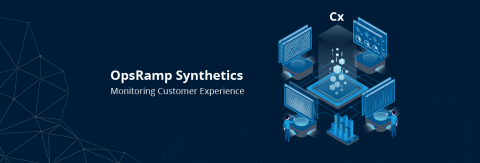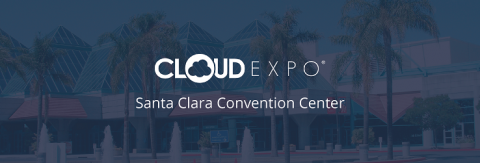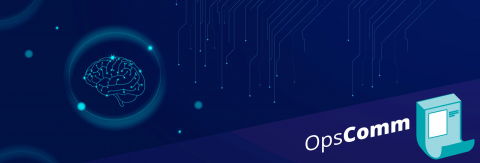How ITSM and ITOM Can Finally Come Together
This is a companion post to a recent webinar with an OpsRamp partner, Flycast Partners. Check out the recorded webinar on YouTube and slides on SlideShare for the potential impacts of ITSM and ITOM silos and how a modern ITOM platform can help improve bi-directional collaboration and reduce mean-time-to-resolution.











